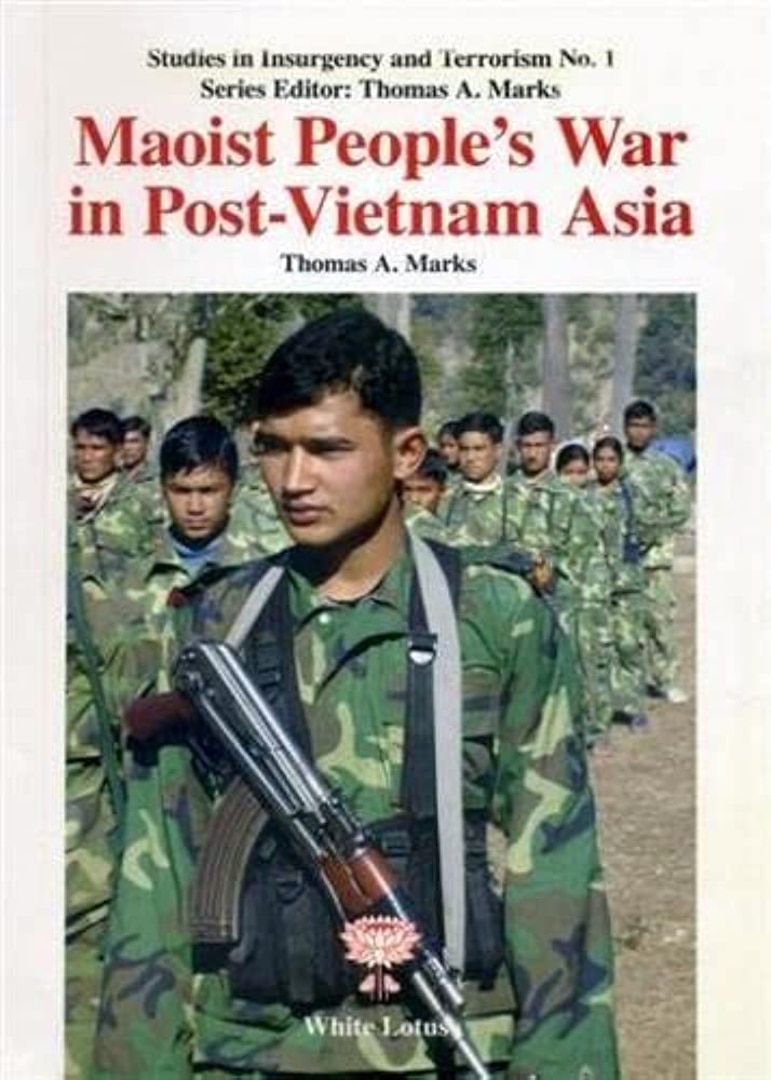
Speaking at the valedictory session of a seminar on “Naxal Mukt Bharat” in Delhi, Shah said that an earlier letter purportedly from the Maoists calling for ceasefire was intended to create confusion. “There will be no ceasefire. If you want to surrender, there is no need for a ceasefire. Lay down your arms, not a single bullet will be fired,” he declared. He added that a red-carpet welcome would await those who renounce violence.
The minister asserted the government remains committed to eliminating armed Maoism by 31 March 2026, rejecting arguments that underdevelopment is the root cause of left-wing extremism. He accused ideological backers—including certain leftist parties—of sustaining the movement by providing legal, financial or rhetorical support.
In support of his stance, Shah pointed to intensified operations in Maoist strongholds, including “Operation Black Forest” along the Chhattisgarh–Telangana border, where several high-ranking insurgents have been neutralised. He credited security forces’ use of modern technology, intelligence coordination, forensic analysis and social media tracking for recent successes.
State-level developments show mixed indicators of impact. In Maharashtra, six senior Maoist cadres carrying bounties totalling ₹62 lakh surrendered in Gadchiroli, raising the total number of surrenders in that district to 716 since 2005. In Jharkhand, ten more operatives surrendered in the wake of sustained security operations.
Yet the Maoists remain defiant. Their central committee issued a statement condemning any suggestion of surrender as “a betrayal of the revolutionary cause.” The group reaffirmed that armed struggle would not be abandoned and dismissed the government's overtures as propaganda.
Human rights advocates and legal observers caution that while operations may have weakened the movement’s command structure, the underlying grievances of marginalised communities are still poorly addressed. Some analysts suggest that ending the insurgency will require more than military might; reconstructing strained relationships between state institutions and tribal populations may be equally vital.
